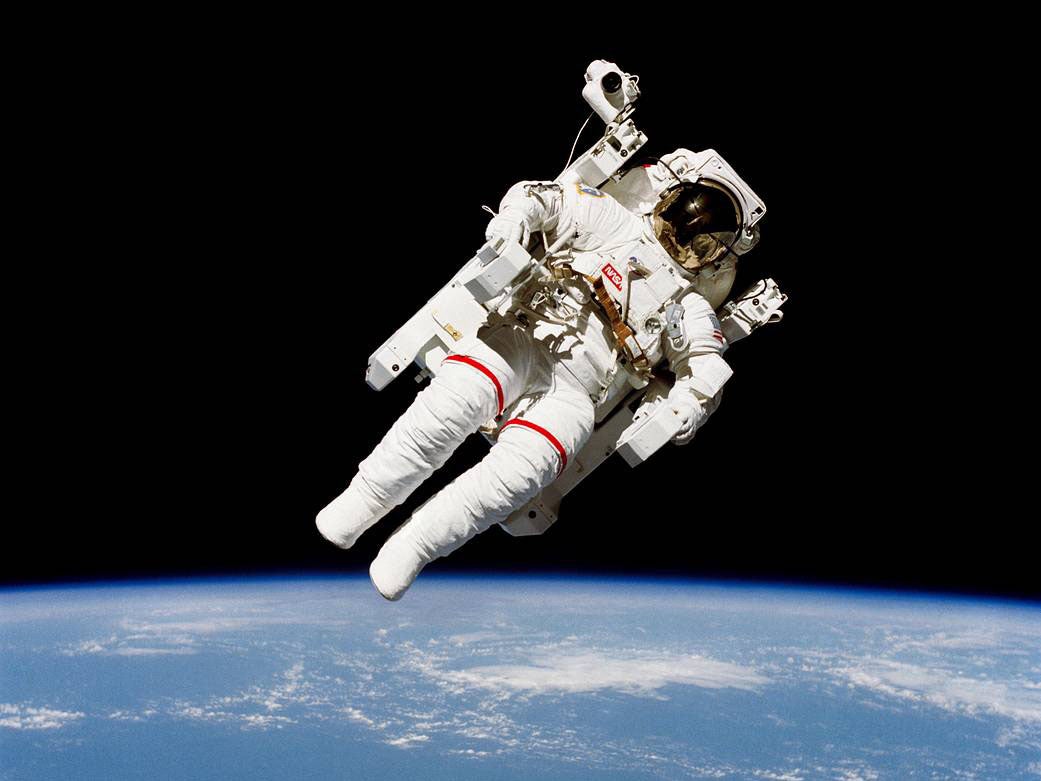Thousands of Americans ask Nasa to send them to space after it appeals for new astronauts
Next generation of astronauts will help lay the foundations for humanity's trips to Mars

Your support helps us to tell the story
From reproductive rights to climate change to Big Tech, The Independent is on the ground when the story is developing. Whether it's investigating the financials of Elon Musk's pro-Trump PAC or producing our latest documentary, 'The A Word', which shines a light on the American women fighting for reproductive rights, we know how important it is to parse out the facts from the messaging.
At such a critical moment in US history, we need reporters on the ground. Your donation allows us to keep sending journalists to speak to both sides of the story.
The Independent is trusted by Americans across the entire political spectrum. And unlike many other quality news outlets, we choose not to lock Americans out of our reporting and analysis with paywalls. We believe quality journalism should be available to everyone, paid for by those who can afford it.
Your support makes all the difference.Thousands of people have applied to be new Nasa astronauts and be in with a shot of heading to the Moon.
The space agency said that more than 12,000 people had answered the call to be part of the new generation of astronauts that will explore the Moon and look to head to Mars.
The applicants answered a call from Nasa which asked members of the public to send in applications if they thought they could be a part of its next set of astronauts.
Those applicants have to meet the most stringent applications process ever for an astronaut, with the space agency increasing the education requirement for applicants from a bachelor's degree to a master's degree in a science, technology, maths or engineering field.
The most qualified of the candidates will be invited to Nasa's Johnson Space Center where they will undergo interviews and medical tests before the successful candidates are announced next summer.
If they are successful, the astronauts will go through two years of initial training that will see them learn skills including spacewalking and spacecraft systems, as well as how to work together.
That will get them ready for future Nasa missions which will carry astronauts to the International Space Station, where they will work to prepare humanity for trips to the Moon and Mars.
They even be able to head on those trips to the Moon. Nasa plans to send the first woman and next man to the lunar surface in 2024, and establish a Moon base by 2028. That work will lay the foundations for sending humans to Mars in the 2030s.
“We’ve entered a bold new era of space exploration with the Artemis program, and we are thrilled to see so many incredible Americans apply to join us,” said NASA administrator Jim Bridenstine in a statement.
“The next class of Artemis Generation astronauts will help us explore more of the Moon than ever before and lead us to the Red Planet.”
The call had seen applicants from every US state as well as the District of Columbia and four US territories.
The number of applications is the second largest-field ever seen by Nasa, it said. It is surpassed only by the record of 18,000 applicants set for the recent class of astronauts, who graduated at the beginning of this year.
The agency said that the large application fields allowed it to choose the best astronauts it could.
“We’re able to build such a strong astronaut corps at NASA because we have such a strong pool of applicants to choose from,” said Anne Roemer, manager of the Astronaut Selection Board and director of human resources at Johnson.
“It’s always amazing to see the diversity of education, experience and skills that are represented in our applicants. We are excited to start reviewing astronaut applications to identify the next class of astronaut candidates.”
Since the 1960s, some 350 people have been chosen to train as astronaut candidates. There are 48 people in the active astronaut corps, but Nasa says that it will need more as it works to head to multiple destinations at once, including the Moon and beyond.
Join our commenting forum
Join thought-provoking conversations, follow other Independent readers and see their replies
Comments